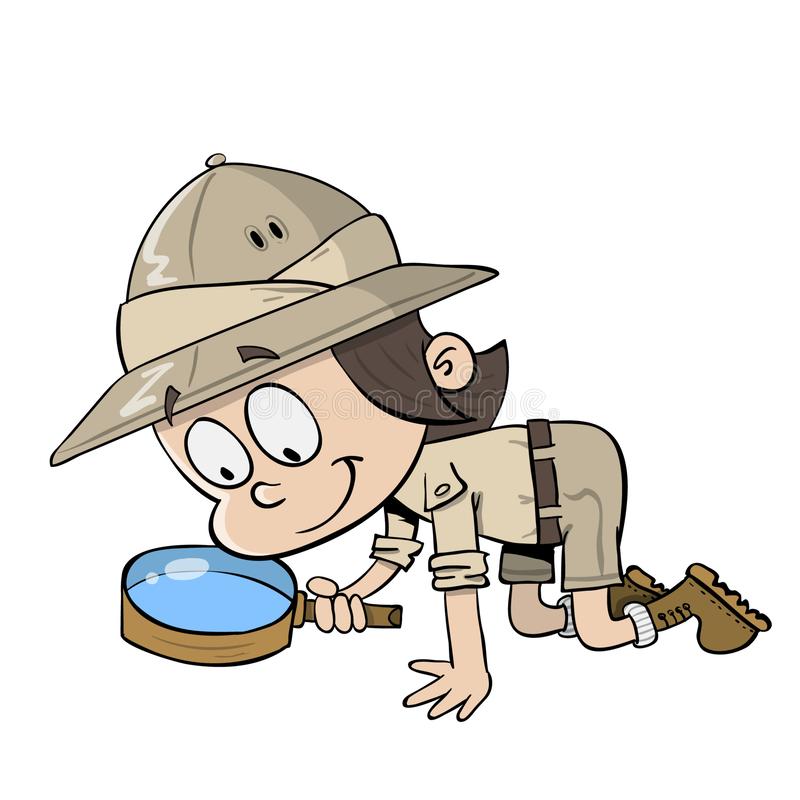IMPORTANT NOTE: For those who are interested and available, the National Aquarium will be running an open Zoom meeting Friday 4/17 at 1:00 to train folks about the use of iNaturalist for next weekend’s Backyard Nature Challenge. Anyone who would like to be a part of that meeting or who would like to receive a recording of the meeting afterward, please feel free to email me at RollfinkeB@ExploreNature.org for details.
So, LET’S See how you did with ID Challenge #3!
Again, these are all species regularly found in the MD Piedmont; in fact, some of them may be in your own backyard.


the following 12 organisms were pictured (each listed with a few ‘fun facts’ to know):
- Eastern Tiger Swallowtail* — one of our most common butterflies, named for four black ‘tiger stripes’ on each wing; females have colorful (blue & orange) spots along rear edge of wings that males lack
- Virile Crayfish — now the most common of 14 species of crayfish in MD, but non-native (originally from Canada); fairly large and aggressive
- Jack-in-the-Pulpit* — early spring perennial of wet woodlands, named after unique flower structure; edible and with medicinal value
- Belted Kingfisher (female) — nests in holes on steep muddy streambanks; one of only 4 spp. of N. Am. birds in which female is more colorful, wearing second reddish ‘belt’ that male lacks
- American Toad — abundant at Irvine; terrestrial outside of breeding season; told from similar Fowler’s Toad by having only 1 or 2 ‘warts’ per spot
- Raccoon — nocturnal, intelligent, and highly adaptable; this one had been feeding in mud at Lake Roland, but tail (below log) is a give-away
- Osprey — along with Bald Eagle, a tremendous comeback story of conservation (since ban of DDT); one of most widespread birds in world, occurring on every continent except Antarctica; Chesapeake Bay is one of best places in U.S. to find this ‘fish hawk’ and they’re spreading–now a pair near Irvine!
- Eastern Garter Snake — relatively small and thin; lots of color variation but generally all have three longitudinal stripes
- White Perch — game fish common to brackish waters, like Chesapeake Bay, but can live in fresh or salt water, as well; small cousin of Rockfish
- Northern Cardinal* (female) — common feeder bird, brilliant red male is a backyard favorite; state bird of SEVEN southern & midwestern states
- Fall Field Cricket — fairly large (body ~1 in.), with antennae longer than that; males very vocal at night
- Tulip Tree (photographed in April; flowers remaining from previous year) — tall (150 ft or more) and with a very straight trunk; often called Tulip Poplar, but is actually more closely related to Magnolias; huge (2-3 inches across) flowers bloom in late spring
* Photograph taken at Irvine Nature Center (others in various parts of Baltimore County or City)
While none of them are particularly rare in our area, identifying several of the organisms on quiz #4 may prove a bit more difficult. Look closely for key fieldmarks and compare to the diagnostic markings emphasized in your field guides. Work with (or against, if you’re competitive types!) your family members as you all try to reach the correct species ID; it’s more fun that way and you can learn more in the process.

CLICK HERE When You’re Ready for ID Challenge #4!
